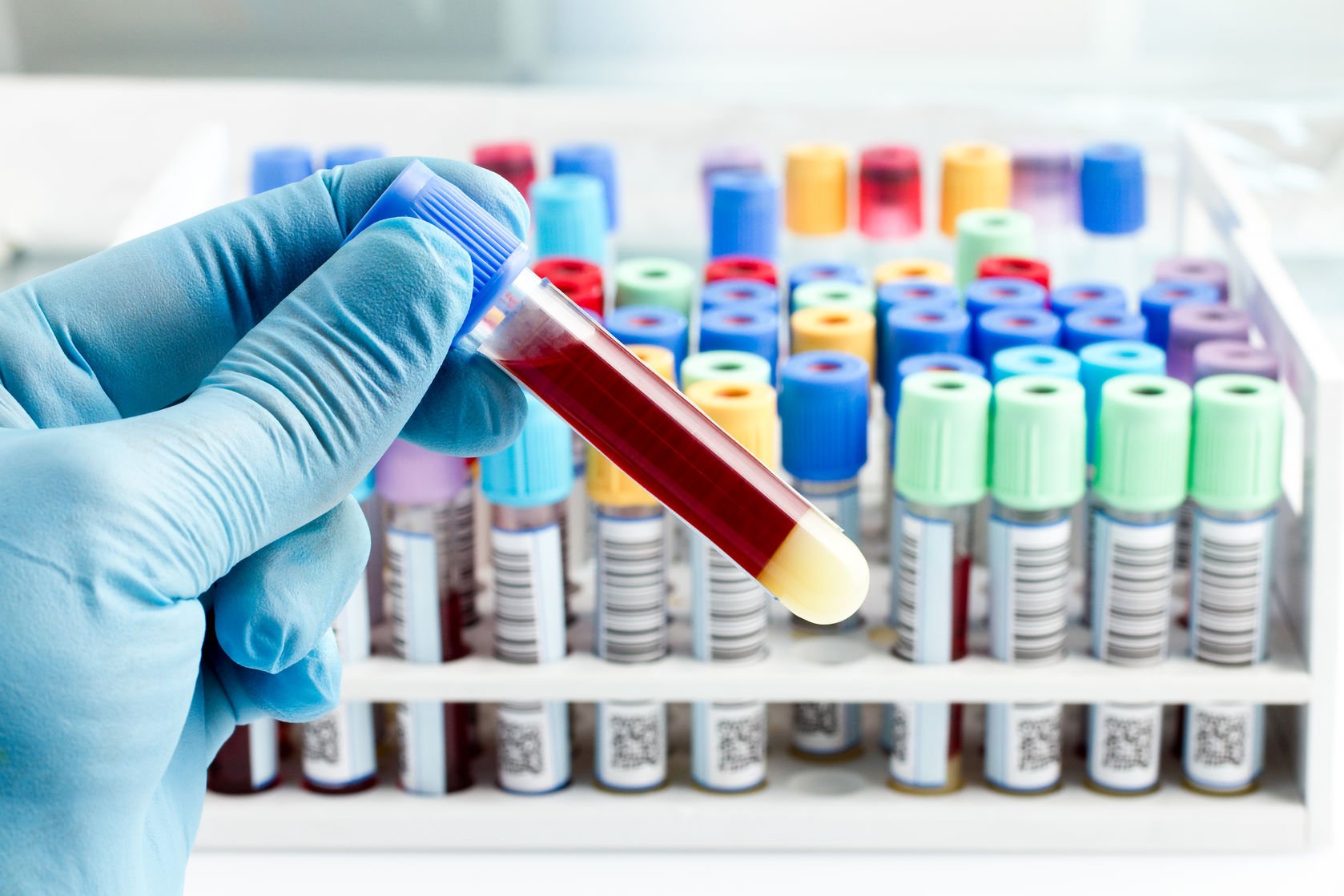Page Contents
- 1 OVERVIEW
- 2 THE BOTTOM LINE: KEY LAB THRESHOLDS TO KEEP IN MIND
- 3 WHICH GUIDELINES TO USE?
- 4 GUIDELINE DISCLAIMER
- 5 WHICH LAB VALUES SHOULD BE EVALUATED?
- 6 HOW RECENT SHOULD THE LAB VALUES BE?
- 7 APPLYING THE GUIDELINES: EVALUATING PROCEDURE BLEEDING RISK
- 8 APPLYING THE GUIDELINES: LAB VALUES GIVEN PROCEDURE TYPE
- 9 APPLYING THE GUIDELINES: SPECIAL PATIENT POPULATIONS
- 10 ADDRESSING LAB VALUES OUTSIDE THE THRESHOLDS: MAKING A PLAN
OVERVIEW
An important component of assessing the risk of a radiology procedure is to assess the patient’s risk of bleeding. There are multiple factors that contribute to the risk of bleeding in a patient, and one of those factors are relevant lab values that will be discussed on this page. It is important to realize however that other factors such as the anticoagulation/antithrombotic medications that the patient is taking (discussed separately on this page here) should also be taken into consideration.

THE BOTTOM LINE: KEY LAB THRESHOLDS TO KEEP IN MIND
While the rest of this page is very useful in better understanding this topic, given the length and breadth of the material covered, below are two important lab thresholds that should be kept in mind. These values are useful because if a patient satisfies these two thresholds their lab values will generally not serve as a contraindication to a procedure (regardless of the guidelines uses, the procedure risk of bleeding, the patient population)
- NR ≤ 2.0
- Platelets ≥ 50,000/µL
WHICH GUIDELINES TO USE?
It is important to also keep in mind that at this time there are multiple published guidelines that address this topic. In some cases just because a guideline is published more recently does not necessarily mean that it is adopted into practice. Furthermore, there may be general guidelines as well as more speciality specific guidelines that may not always be completely concordant. The guidelines that will be referenced on this page are outlined below given their popularity and significance in influencing practice.
Addendum of Newer Anticoagulants to the SIR Consensus Guideline (2013): these guidelines were an update to the 2009 society of interventional radiology (SIR) consensus guidelines. It nicely summarizes recommendations both for managing medications as well as recommendations for lab values to use as contraindications for a procedure given the risk of bleeding.
Updated SIR Consensus Guidelines (2019): this is a more recent version of the 2013 addendum to the SIR consensus that is much less stringent compared to the prior recommendations.
GUIDELINE DISCLAIMER
It is important to always keep in mind that guidelines, while helpful, are not tailored to individual patients. There often times are instances that guidelines may need to be ignored to deliver appropriate care/prevent complications. Often times it ultimately will be the decision of the provider in charge of performing the procedure to decide if they are comfortable proceeding with the case (regardless of guidelines).

That being said, the guidelines do provide a good foundation that will influence practice, and if they will not be observed there should be a good reason behind this decision.
WHICH LAB VALUES SHOULD BE EVALUATED?
There are some common lab values that are evaluated to assess for this bleeding risk prior to a radiology procedure. These include:
- INR (ordered often as a set of PT/PTT/aPTT coags): the INR value is often used in guidelines and is important to evaluate for patients who may have an elevated INR (such as those on warfarin).
- Platelet count (ordered as part of a CBC): platelet counts are important to evaluate as some patients may need a platelet transfusion prior to the procedure.
Less common lab values that are sometimes utilized (based upon the guidelines utilized) are included here:
- aPTT (ordered often as a set of PT/PTT/aPTT coags): some guidelines have recommendations for this lab value for high bleeding risk procedures.
- Fibrinogen (ordered as a fibrinogen level): some guidelines have recommendations for fibrinogen levels in patients with chronic liver disease.
HOW RECENT SHOULD THE LAB VALUES BE?
Evaluating how recent lab values should be prior to a procedure is a slightly nuanced topic that may vary based upon the situation. Below are some scenarios (from least stringent to most stringent) that help show the spectrum of what may be acceptable.
- Values older than 1 month (or no values at all): in some cases with low risk procedures (and when using the 2019 SIR guidelines) the routine checking of these values in patients with no medical history that would result in thrombocytopenia, high INR, or a coagulopathy is not conducted/recommended.
- Values less than 1 month old: if lab values are required to evaluate for bleeding risk, often times it is preferred/required for labs to be obtained at least one month before the planned procedure. This rule is commonly seen in the outpatient procedure setting.
- Values from the day prior/day of: in certain cases, the patient’s medical history may dictated that up to date labs be obtained (in some cases even the day of the procedure) to appropriately assess for bleeding risk. This can commonly be seen in the inpatient setting, however in some cases may be also applied to outpatients.
APPLYING THE GUIDELINES: EVALUATING PROCEDURE BLEEDING RISK
Given the above information, it is now important to discuss how to apply this knowledge practically. The first step in this process actually begins with establishing the risk of bleeding that is present with the specific procedure in question. The risk stratification that is applied to procedures varies based upon the guidelines that are used and is explained more relative to each set of guidelines below:
Addendum of Newer Anticoagulants to the SIR Consensus Guideline (2013): This set of guidelines separates procedures into three risk categories each with different lab value guidelines. Examples are provided below:
- Low bleeding risk procedures: Paracentesis, thoracentesis, thyroid biopsy, IVC filter placement, joint injection/aspiration, central line placement (non-tunneled), central line removal.
- Moderate bleeding risk procedures: Transjugular liver biopsy, tunneled line placement, lumbar puncutre, percutaneous cholecystostomy tube, arterial interventions (up to 7 french sheath)
- Significant bleeding risk/difficult to detect bleeding): TIPS, renal biopsy, biliary interventions (new tract), nephrostomy tube placement.
Updated SIR Consensus Guidelines (2019): This set of guidelines separates procedures into two categories each with different lab value guidelines. Examples are provided below:
- Low bleeding risk procedures: Paracentesis, thoracentesis, thyroid biopsy, IVC filter placement/removal, transjugular liver biopsy, all central line placement removal (non-tunneled, tunneled, chest ports) arterial interventions (up to 6/7 french sheath)
- High bleeding risk procedures: TIPS, solid organ biopsies, biliary interventions (new tract), cholecystostomy tube, arterial interventions (greater then 6/7 french sheath).
APPLYING THE GUIDELINES: LAB VALUES GIVEN PROCEDURE TYPE
Now that types of procedure risk categories have been outlined, below are the lab value recommendations based upon the specific guideline utilized.
Addendum of Newer Anticoagulants to the SIR Consensus Guideline (2013): This set of guidelines separates procedures into three risk categories each with different lab guidelines.
Recommended routine labs are below:
- Low bleeding risk procedures: INR, aPTT
- Moderate bleeding risk procedures: INR, aPTT, platelet count
- Significant bleeding risk/difficult to detect bleeding): INR, aPTT, platelet count
Recommended lab thresholds are below:
- Low bleeding risk procedures: INR ≤ 2.0, platelets ≥ 50,000/µL, aPTT no consensus value
- Moderate bleeding risk procedures: INR ≤ 1.5, platelets ≥ 50,000/µL, aPTT no consensus value
- Significant bleeding risk/difficult to detect bleeding): INR ≤ 1.5, platelets ≥ 50,000/µL, aPTT ≤ 1.5x control
Updated SIR Consensus Guidelines (2019): This set of guidelines separates procedures into two categories each with different lab guidelines.
Recommended routine labs are below:
- Low bleeding risk procedures: no labs routinely recommended
- High bleeding risk procedures: INR, platelet count
Recommended lab thresholds are below:
- Low bleeding risk procedures: INR ≤ 1.8-3.0 range, platelets ≥ 20,000/µL
- Venous procedures: INR ≤ 2.0-3.0 range
- Femoral arterial access: INR ≤ 1.8
- Radial arterial access: INR ≤ 2.2
- High bleeding risk procedures: INR ≤ 1.5-1.8 range, platelets ≥ 50,000/µL
APPLYING THE GUIDELINES: SPECIAL PATIENT POPULATIONS
Based upon the guidelines that are utilized, special patient populations are identified that require tailored laboratory value guidelines. These are organized below:
Updated SIR Consensus Guidelines (2019): this set of guidelines identifies patients with chronic liver disease as a special population of patients that have their own recommendations that are outlined below:
- Low bleeding risk procedures: INR not applicable, platelets ≥ 20,000/µL, fibrinogen > 100 mg/dL
- High bleeding risk procedures: INR < 2.5, platelets ≥ 30,000/µL, fibrinogen > 100 mg/dL
ADDRESSING LAB VALUES OUTSIDE THE THRESHOLDS: MAKING A PLAN
While noticing that a patient’s lab value is outside the acceptable range is an important step, it only identifies the problem it does not offer a solution. Below is a quick guide to help outline options to correct any lab abnormality one may encounter prior to a radiology procedure. It is important to keep in mind that in certain cases the primary team/referring provider will have to put in orders, while in other instances it will be the radiology procedural team.
ELEVATED INR
In patients with an elevated INR there are a few things that can be done to help bring the value into the acceptable level designated for the procedure in question:
- Wait longer to perform the procedure: this assumes that the patient will on their own correct their INR abnormality (such as a patient who is off Coumadin for their procedure, however still has an elevated INR).
- Administer oral or IV vitamin K (phytomenadione): this can help lower the INR however it does not work instantaneously, but rather takes around 24 – 48 hours to fully take effect (most useful in the setting of patients on Coumadin with elevated INR as the vitamin K dependent clotting factors are depleted).
- Administer fresh frozen plasma (FFP): this will help more quickly replete clotting factors that are deficient in the patient. The amount of clotting factors may be variable in samples.
- Prothrombin complex concentrates (PCC): this contains high concentrations of vitamin K dependent clotting factors and is very useful for quick warfarin reversal. It also has usage in trying to correct coagulopathy from liver disease.
LOW PLATELETS
In settings of low platelets often times it is necessary for patients to receive a transfusion of platelets. In some cases platelets can be administered during the procedure to prevent further delays.
LOW FIBRINOGEN
In the setting of low fibrinogen cryoprecipitate can be transfused (most relevant for patients with chronic liver disease).
Page Updated: 09.01.2019